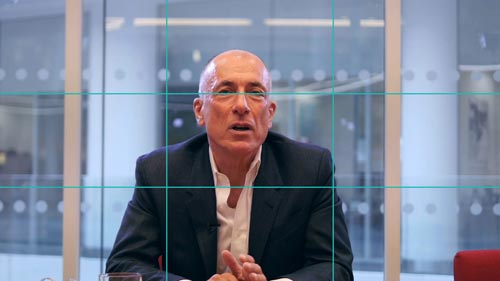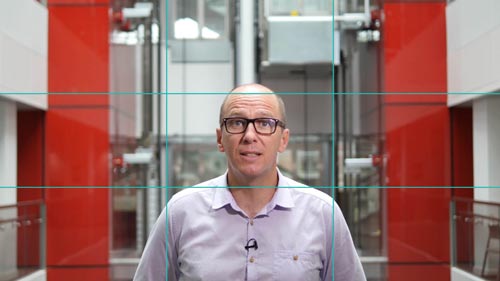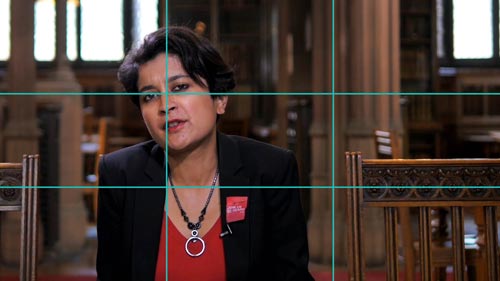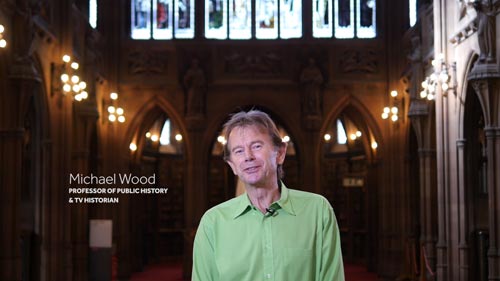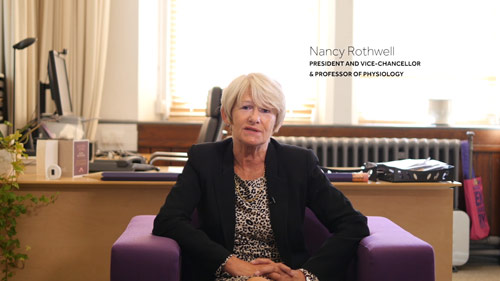Film guidelines
Our films offer the most evocative way that we can engage with our stakeholders. They aim to tap directly into our audience’s emotions, instilling feelings of pride, inspiration and excitement through the use of engaging storytelling techniques and great visuals.
The following styles and techniques have been chosen to increase the impact of these stories through modern and creative filmmaking.
Types of films
Story-based films
Story should be at the heart of the majority of our video content. Before you even pick up a camera, a clear story should be developed and crafted. Establish the protagonist of the story, whether it’s a person, a group or the University itself, and define what they want and need. Use story structuring techniques such as a set-up, an inciting incident, a journey etc to build engaging narratives. Use the story-building document (Word, 200KB) to identify and create this story.
Concept-based films
Not all films need a story to engage the viewer. Films that use a strong concept to engage are often short and may rely on a gimmick or capture a specific moment or event. They can be funny, tragic or offer a different perspective.
Filmmaking techniques
Aim to be cinematic and use techniques and equipment that reflect this aspiration.
Tracking shots, shallow depth of field, 120fps slow motion, MoVi stabilisation, aerial drones etc can produce a Hollywood look relatively cheaply. These techniques bring high production value to your film, but only use them if they enhance and convey the story you’re trying to tell.
Framing and composition
It is essential that any filmmaker shooting footage for the University, refers to our photography guidelines to ensure the cinematography of the video they’re filming echoes this style.
Interviews
We edit our films in a way that eliminates the interviewer, removing both their voice and their presence from the finished film. The interviewee should refer to the question in their answer. Doing this therefore makes the interviewee looking off screen in the traditional way to the left and right feel contrived and redundant. We’re telling their story, but asking questions to prompt that story in a structured way.
Having the subject face directly into the lens evokes a sense of intimacy with the viewer, which in turn builds empathy and creates a stronger film with more impact. It also establishes the interviewee as the authority on the subject they’re talking about.
The interviewee's eyes should be roughly level with the top horizontal on a rule of thirds grid. You can also break the rule of thirds by placing the subjects face directly in the middle square of this grid. For promotional, high-concept films, experiment by placing the interviewee on the various horizontals, verticals or cross sections of this grid. All interviewees must however be facing straight on and looking directly into the camera.
Frame people within the range of a mid-shot to medium close-up. Use extreme close-ups in interviews sparingly to draw people in to the interviewee’s emotional space to convey emotion.
Graphics
Graphics in video offer a creative way of sharing information. For consistency across our suite of marketing materials, you must use the University’s preferred font for web, film and presentations, Open Sans.
Opening and closing ident
For consistency, we have a University ident (mp4 file, 4MB) which should be used at the beginning and end of your films. Stylistically, each individual films music can begin from the start of this ident. Similarly an interview or voice over can start while this is still on screen to draw the viewer in.
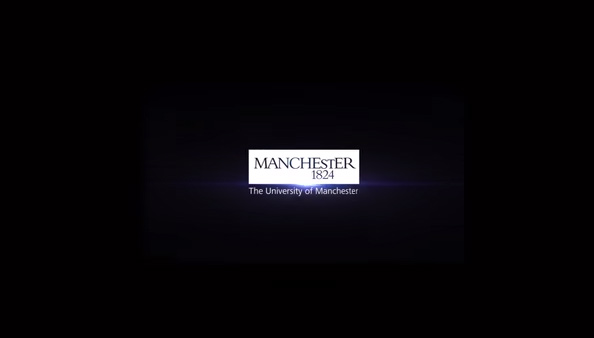
Lower Thirds
Lower thirds are the captions that feature on a video, which normally give information such as a person’s name and job title.
Our lower thirds are clean, simple and stylistically in-keeping with the University’s use of typography. Use Open Sans Light for names and Open Sans Bold for job titles.
Names should feature a font size of 80 and job titles a font size of 40 with a leading of 30 between the name and the job title.
Visually, they don’t need to be placed in the lower third. Choose any area within the frame of the left and right column with a contrast that allows the words to be read. Use either white or black for colour, again depending on contrast.
Subtitling video content
Every video you produce should have two versions – one ‘clean’ version with no subtitling and one version with hard-written subtitles onto the video (called open subtitles). The 'clean' video is to be used on social media channels, YouTube and the University Video portal where these platforms add auto-generated subtitles (closed subtitles). It is now legally required that all videos published on our websites via YouTube and the University portal are subtitled. It is also best practice to subtitle videos used in Facebook and Twitter. Visit our Subtitles page for more information and guidance.
The video with open subtitles is used offline during presentations. When creating open subtitles for your video, please use the following format:
- Place a black box at the bottom of the video (opacity 30%)
- Keep to one line and follow our house style in terms of capitalisation.
- Font: Effra regular (if not available, use Open Sans) - see more about the University typography
- Size: 40pt.
- Colour: White (depending on maximum contrast)
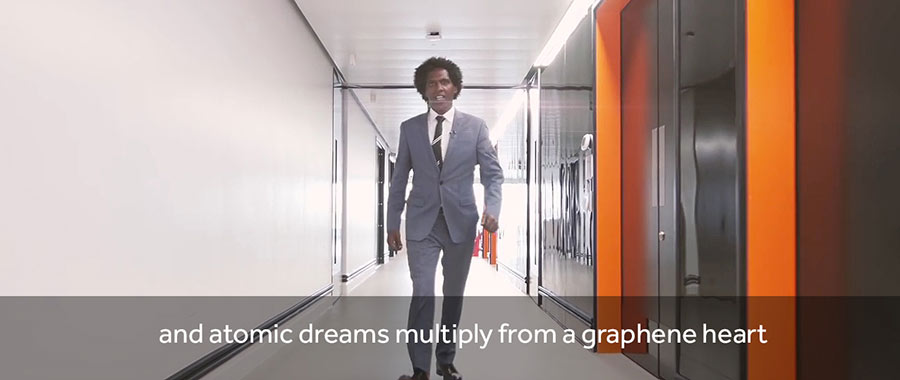
Generic Graphics
Generic graphics that feature within the film are open to artistic interpretation. All must however have the feel of the University’s wider design aesthetic found across our print and web collateral. Open Sans, must be used as the default font however.

